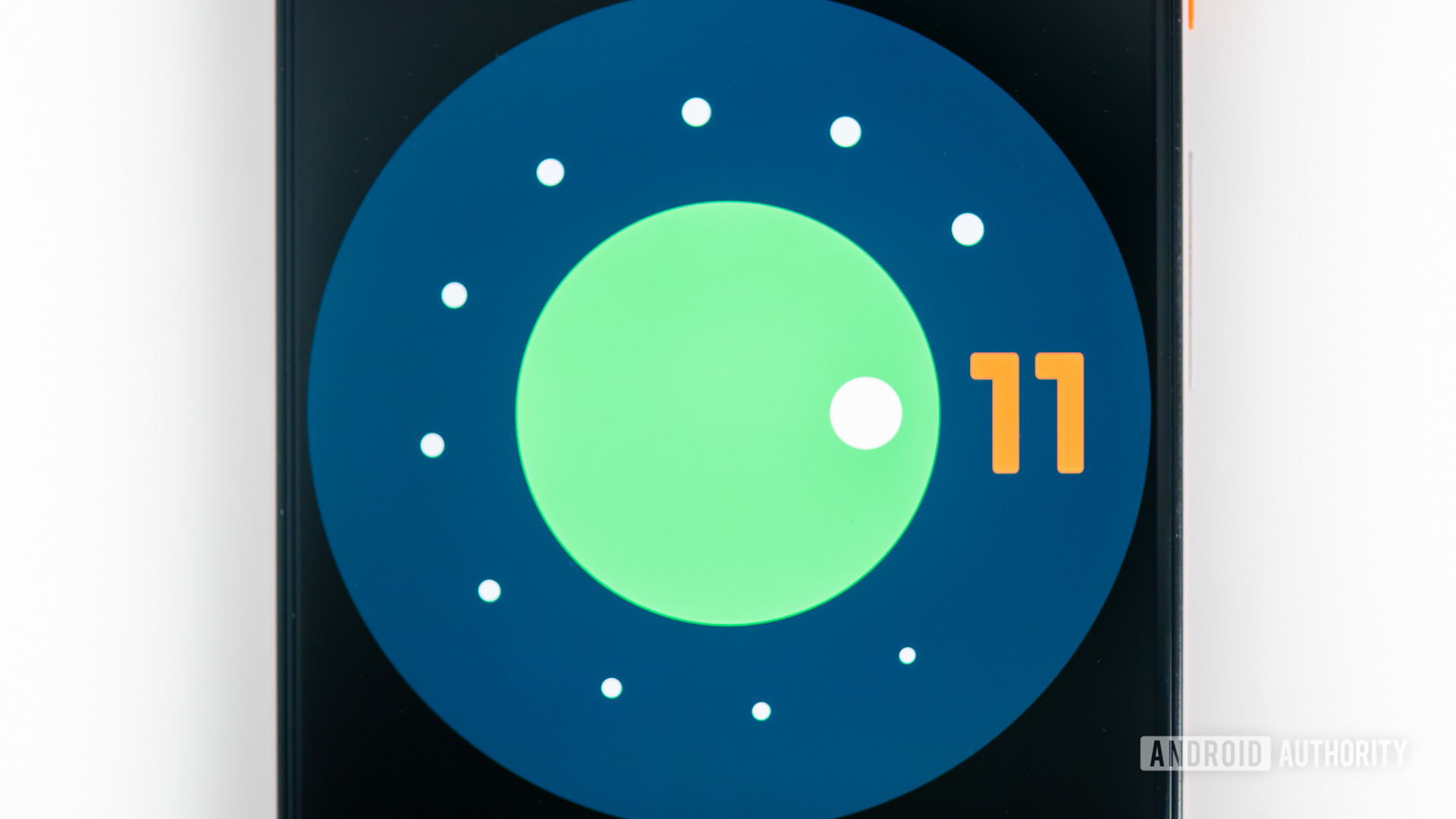
Although the COVID-19 pandemic is altering, delaying, or outright canceling a lot of things, it doesn’t appear to be slowing down the developers of the Android operating system. Today, right on time, Google announced the launch of Android 11 Developer Preview 3, the third preview in the new operating system version’s release cycle.
According to Google’s schedule, this should be the final developer preview. After Android 11 DP3, the next version should be a beta, which means it will be ready for installation on non-Pixel phones and good enough for general consumers to give it a shot (as long as they’re okay with a slightly buggy OS).
In Google’s announcement for Android 11 DP3, it gives a quick summary of the few feature additions made in this version. However, Google usually doesn’t list out all the changes made since the previous release, so the list below is very likely incomplete.
Android 11 DP3 changes:
- App exit reasons: When an app closes, it might just be because the user exited it. However, it may have crashed or the operating system might have killed it for some reason. To help developers determine what’s happened when an app exits, Android 11 DP3 features an updated exit reasons API that will give more thorough information.
- Stronger security: You can’t ever have too much security, and the Android 11 DP3 release features a security protocol called GWP-ASan. It detects memory errors across critical components with little-to-no effect on system performance.
- Faster uploads through ADB:Â App developers who create very large APKs (usually games) waste a lot of time just transferring multi-gigabyte files from their computers to their testing systems. Thankfully, Android 11 DP3 features ADB Incremental, a new system that can make those transfers up to ten times faster. Unfortunately, it will only work on the Google Pixel 4 and 4 XL at the moment, but all future devices that launch with Android 11 on board will be compatible.
- Wireless debugging: Starting a wireless connection to a computer for debugging issues has existed for a while. In Android 11 DP3, though, the experience has been completely revamped making it easier than ever to wirelessly debug Android systems using a host computer.
For us non-developers, the above list of changes within Android 11 DP3 might not be too exciting. However, there are usually a lot of other changes, additions, and fixes present in new iterations of Android that Google doesn’t highlight. Once we get this latest version on our Pixel devices, we’ll likely find some other consumer-facing developments. Stay tuned!
If you own a Pixel device (all except for the original Google Pixel), you can give Android 11 DP3 a shot right now either by installing the incoming OTA (if you are already running Android 11 DP2), downloading a factory image, or using Google’s new sideloading website. The relevant links can be found here. Just keep in mind that this is not a stable release and shouldn’t be used as a daily driver.
Otherwise, check out some other Android 11 coverage at the links below:
- Android 11 release date: When can you expect it to launch?
- The most notable new Android 11 features we?ve found so far
- How to install Android 11 Developer Previews ? A step by step guide
- Android 11 DP2 finally gives us a notification history panel
- Native screen recorder is vastly improved in Android 11 Developer Preview 2
More posts about Android 11







